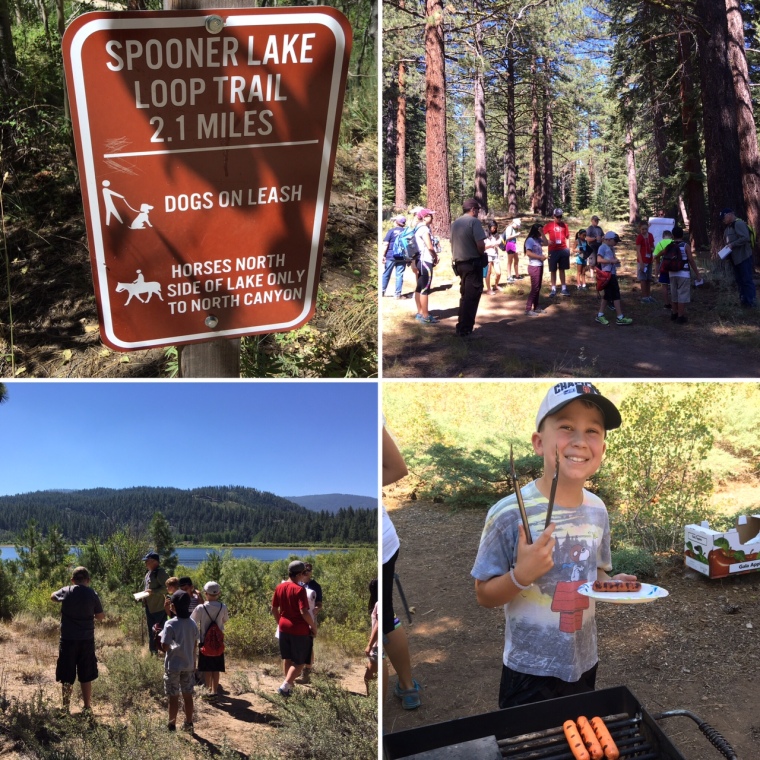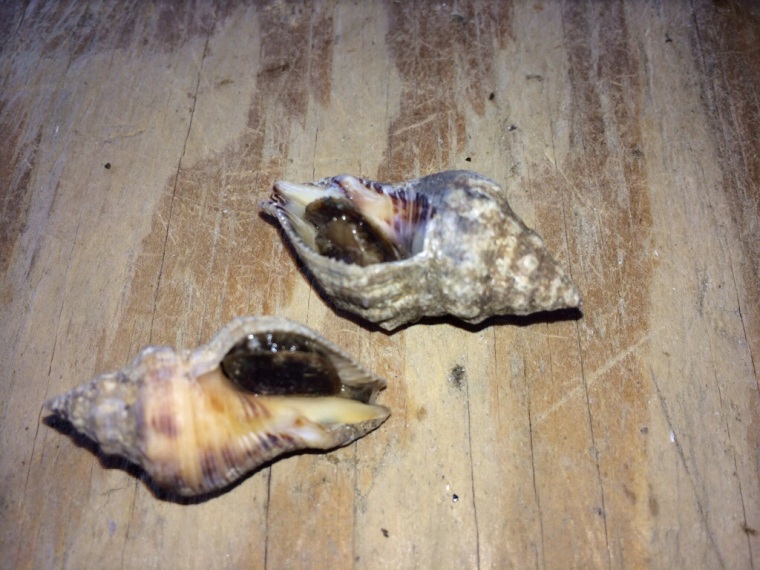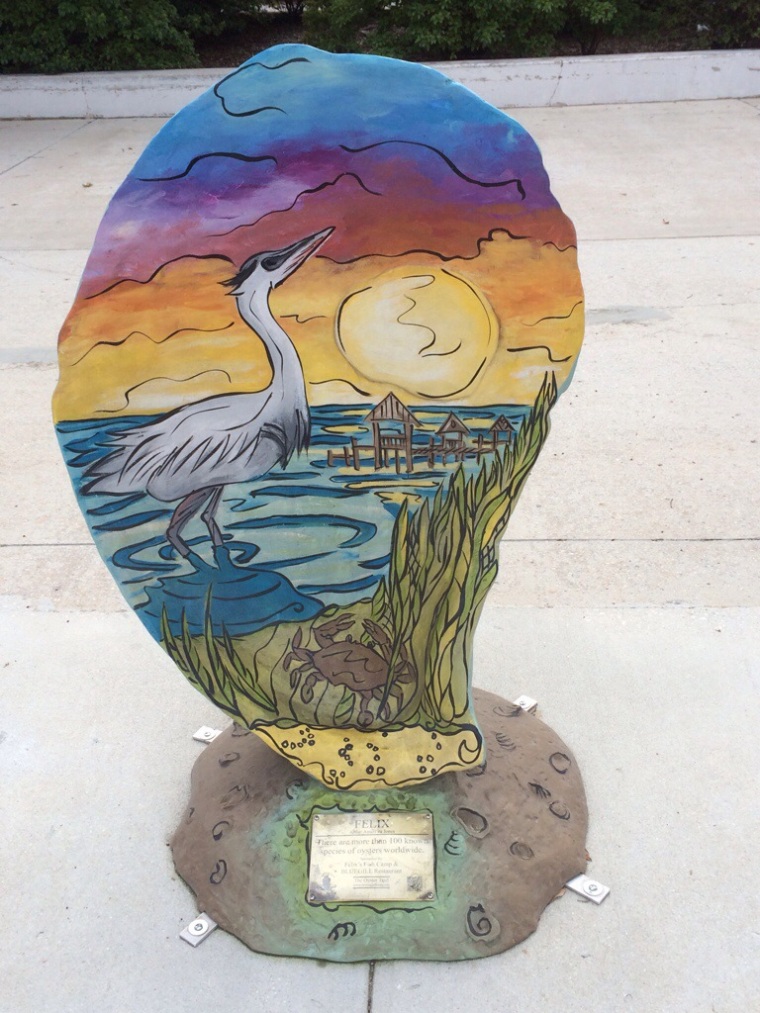August 12 is International Youth Day. The National Institute of Food and Agriculture (NIFA) will be celebrating by highlighting the accomplishments of 4-H, a program that provides positive youth development by promoting citizenship, healthy living, science education, leadership skills, and more. Coincidentally, last week my office held its first ever Youth Summer Day Camp. We have actively been working on creating awareness about 4-H and Extension, and what we can provide to both youth and adults in our community. While this will take time, I am excited about how our camp went over. We are exploring the idea of hosting two to three of these annually.
The goals of the camp were that it had to be educational and it had to be fun. Judging by the youth evaluations we achieved both of those components! We hope that by introducing the youth to a variety of things, we are helping to create lifelong learners.
On Day 1 we did a hike around Spooner Lake, which is near Lake Tahoe. It is just over 2 miles, so perfect to do with kids. On this day the youth learned the differences between trees, shrubs, and forbs, as well as how to identify several within each of those major groups. We grilled hotdogs for lunch and rounded out the day talking about our forests and waterways.
On day 2 we went to the Library. They have computers on which each youth can learn how to code and program on, all of the skills learned resulted in a maze competition later in the day. They built mazes and the other teams had to solve them by writing in the code. We had circuit challenges, they learned how to create designs, and everyone got to have something printed by the 3D printer. 
Day 3 was photography day. They learned how to take a good photo, how to work their cameras and change the settings depending on what they were trying to photograph. To hone their skills we visited Silver Saddle Ranch and the river. At the end of the day our instructor gave them tips on the photos they took and encouraged them to look for youth photography exhibits. For more check out Silver Saddle Ranch… Wordless Wednesday.
Day 4 was STEM (Science, Technology, Engineering, and Math) Day. My colleague taught the youth how to make little cleaning robots which had to clean up an “oil spill” (aka rice). Youth also learned about polymers and their ability to absorbs and hold water in things like diapers or soil. The big hit of the day was learning about CO2 and dry ice, which provided endless fun. 
Rounding out Day 5 was entomology, or the study of insects. We visited a bug and butterfly house where one of my colleagues taught the youth how to catch insects. The youth then learned how to identify what they caught based on wings, legs, and other distinguishable body characteristics. The youth learned how to euthanize an insect and how to pin it. They were able to start their own collections. Undoubtedly, we now have some youth who are home insect collectors. 
I would say that our first day camp was a huge hit. All of the youth loved it, as did their parents. We are looking forward to future camps which encourage youth to become lifelong learners, ask questions, and have fun!
Dr. Lindsay can also be found on:
– Twitter/Instagram (agwithdrlindsay)
– Facebook
– Pinterest






























